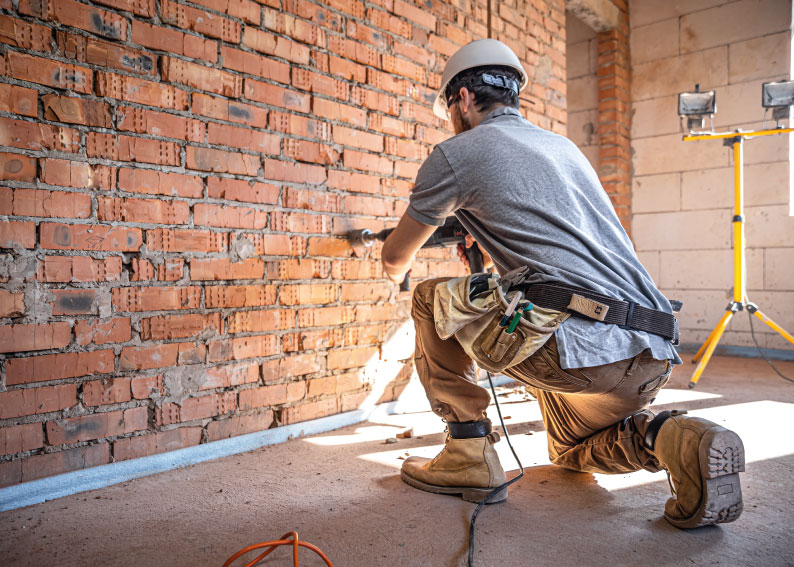How long does an office refurbishment take?
An office refurbishment will typically take anywhere from 6-14 weeks depending on the size and complexity of the project. To complete larger projects, timeframes can extend up to 6 months to allow for structural works and other light construction elements.
The term fit out is typically used in relation to either an office refurbishment or an office relocation. This helps to establish whether the fit out is taking place in your existing office (a refurbishment) or in a new office that you’re moving into (a relocation). The important difference to remember is that a fit out refers to the installation of design elements and features that change the look and functionality of an office.
Commercial property, such as office buildings, is available in a variety of sizes and condition which will determine the complexity of a fit out. The two main types of fit outs are Cat A and Cat B, which is industry terminology for the classification of the different works involved in a fit out.

What factors can influence the duration of an office refurbishment project?
Scope of Work: The complexity and scale of the refurbishment will significantly impact the timeline. Projects involving extensive structural changes significant mechanical and electrical overhaul or multiple floors may take longer to complete.
Design Complexity: Intricate design elements, customisations, and specialised installations can extend the duration of the project. Detailed architectural features or unique interior finishes often require more time for planning and execution.
Building regs and Approvals: Obtaining necessary building approvals from local authorities can add time to the project timeline. Delays in securing permits or addressing regulatory requirements may prolong the refurbishment process.
Material Availability: Availability of materials and finishes specified for the project can affect timelines. Delays in procurement or backorders of specific items may necessitate adjustments to the schedule.
Site Conditions: Unforeseen site conditions, such as hidden structural issues or environmental concerns, can disrupt the construction schedule. Addressing these issues may require additional time and resources.
Coordination of Trades: Effective coordination among various tradespeople, subcontractors, and vendors is essential for timely project completion. Poor coordination or scheduling conflicts can lead to delays in work progress.
Client Changes and Feedback: Changes requested by the client during the refurbishment process can impact the timeline. Timely decision-making and clear communication between the client and the project team are crucial to minimizing disruptions.
Seasonal Factors: External factors such as weather conditions or seasonal holidays may affect construction activities and scheduling. Planning around potential weather-related delays and coordinating work during optimal conditions can help mitigate these challenges.
Project Management Efficiency: Efficient project management practices, including robust planning, scheduling, and communication, play a vital role in ensuring timely completion. Experienced project managers can proactively identify and address potential obstacles to keep the project on track.That’s why teaming with a contractor like Culturebox can really help manage project and timelines.
By carefully considering these factors and implementing proactive measures, businesses can better manage the duration of their office refurbishment projects and ensure successful outcomes within the desired timeframe.
